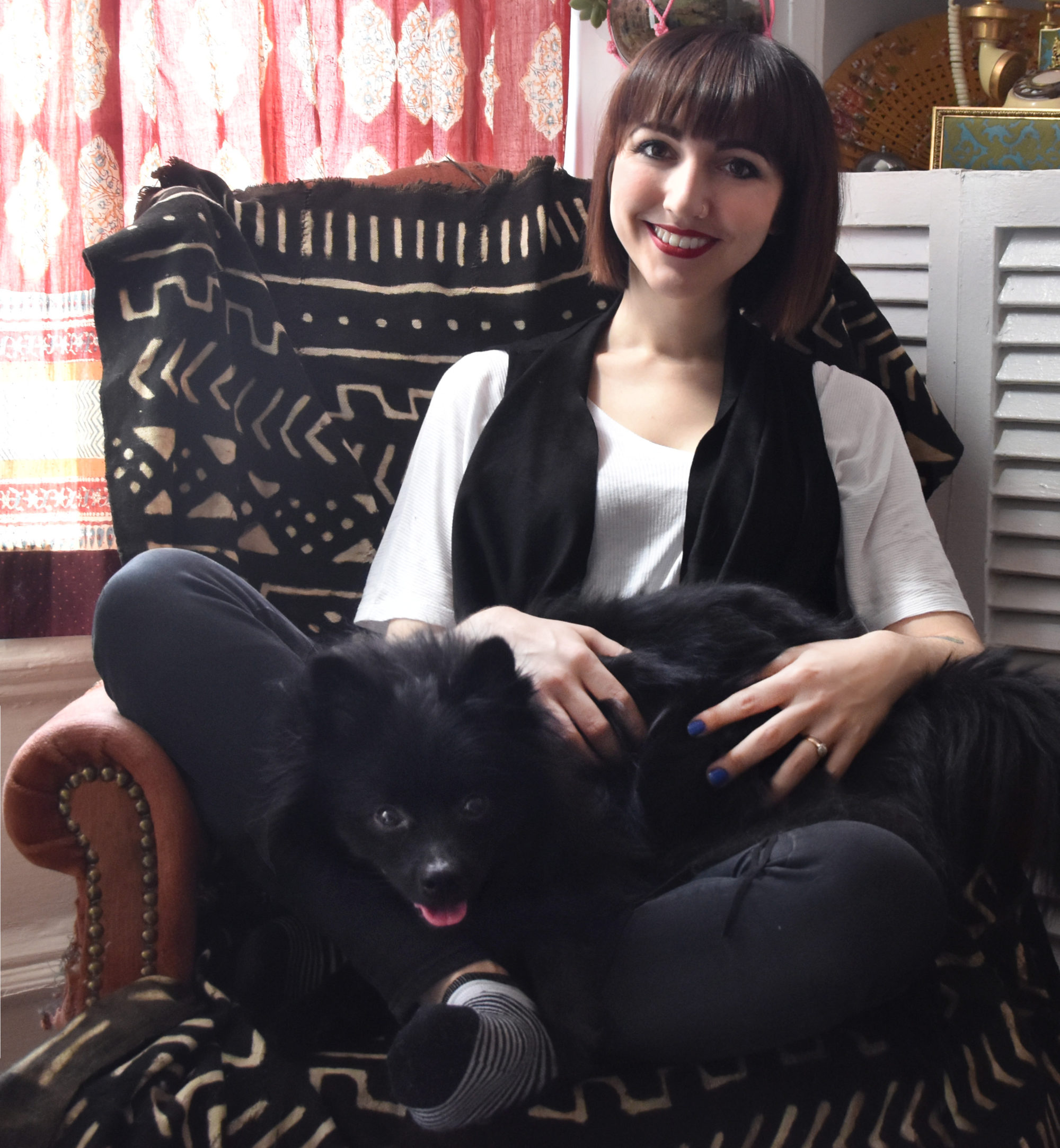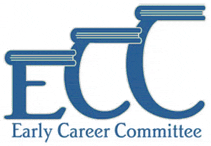
Q&A with Jen Keenan, Senior Designer, Little, Brown Books for Young Readers | June 8, 2017
by Angela Taldone (Little, Brown Books for Young Readers)

What and where was your first position in the book industry, and what was the most significant learning experience you took away from it?
My first position in the book industry was a designer at Workman Publishing. It turns out that upon graduating college I thought I knew how to lay out a book, but I learned very quickly that there are literal type setting wizards out there and it was much harder to lay out, for example, a 400-page craft book with sidebars, pictures, illustrated steps, and a color insert in the middle, etc. than a 30-page fake book project in a college design class. So, it was quite an eye-opening experience to work with professional type setters. While at the time I wasn’t necessarily super into the particular design aesthetic—I knew I wanted to get into children’s books rather than adult books—I realized that it was actually an incredibly valuable learning experience. I learned how to set up very complex books. Even though I am only laying out 32-48 page books now, I still try to use the smart styling I learned from the wizards at Workman.
What’s your absolute favorite part about working on picture books?
My favorite part about working in picture books is that it is a true collaboration. This can also be difficult sometimes because there are lots of people with different ideas/opinions. But for the most part, it’s pretty amazing that there is this little manuscript that’s brought to this almost living, breathing thing with the talent and brains of so many folks. (Not a literal breathing thing of course—but sometimes, it really feels like your baby!) It’s especially exciting when a new artist or author is being published for the first time because they are so excited! Also, I love that it is a physical design that lasts forever, and I can go into a book store and find my name in a book. Other design projects that I have worked on outside of the book world don’t have that permanence. Okay, so those were three favorite things, not one.
What is the typical process for designing a picture book, and how long does it take?
The typical process is that an editor will bring a manuscript to our publishing committee—this could be a MS (manuscript) they have found, a MS that was sent to them from an agent or author who they have met and/or worked with before. If they are excited about it, they bring it to the meeting and people on the committee read the MS and give opinions on whether they think it would be suited for LBYR, what the sales record is of that author or illustrator, whether there are any red flags with the subject matter, etc. People in the meeting include the publisher, editors, people in sales who work with all of the different book buyers, our financial team, the creative director, among others.
Once it gets through all the hoops to being accepted as a project, the editor works with the author on the manuscript. Sometimes they need quite a bit of rewriting, while other times, they are pretty close. If the author is not an illustrator, then the editor and designer/art director will pitch various artists for the project and bring this again to a meeting of all the publishing folks to get approval on the top three choices that we have narrowed artists down to. When everyone is on board, we contact the artist or the artist’s agent and contract signing/negotiations begin. Sometimes an artist will not be available or interested in the project, but assuming the artist works out, we then move onto making a schedule for sketches, revisions and taking art to final.
While the artist is sketching, the designer will usually set up a very rough text galley, so that the artist knows how much space the text will take up. We go through several rounds of sketch revisions and then the art is taken to final. We also have to decide what kind of paper the book should print on and if there are going to be any special effects. Ideally, this happens early in the book planning process, but typically does not happen until we see the artwork so that we can better decide what would look best.
Once the manuscript is copyedited, it is then given to the designer to get started with layout. A typical picture book will usually route at least 4-6 times. Then once everything is approved, it goes to the printer. However, we are still not done!
You then get color proofs and work with the production team to color correct the artwork, which the artist also gets to critique to make sure they are happy with the art. We usually get at least three rounds of proofs. Then, the book starts being made.
Keep in mind—it is May of 2017, and I have just sent all of my titles to the printer that come out in Spring 2018—so you work on a children’s book for at least a year start to finish. And some books (like Radiant Child) were in the works for over five years! Though, that tends to be unusual. And don’t forget about all the hardworking sales folks who promote and share the book before it is even out to ensure that it lands on book store shelves!
How does being an illustrator yourself influence the way you work as a designer?
I think being an illustrator really helps my ability to art direct other illustrators. I understand what it is like to get attached to a piece of art, and how difficult and time consuming it can be to make changes. I also understand the “vibe” the illustrator is going for with their style. I try to compliment or mirror that style with my layout and design choices.
How would you describe the color yellow to someone who’s blind?
Warm, happy, the feeling of the warm sun on your face on a hot summer day.







